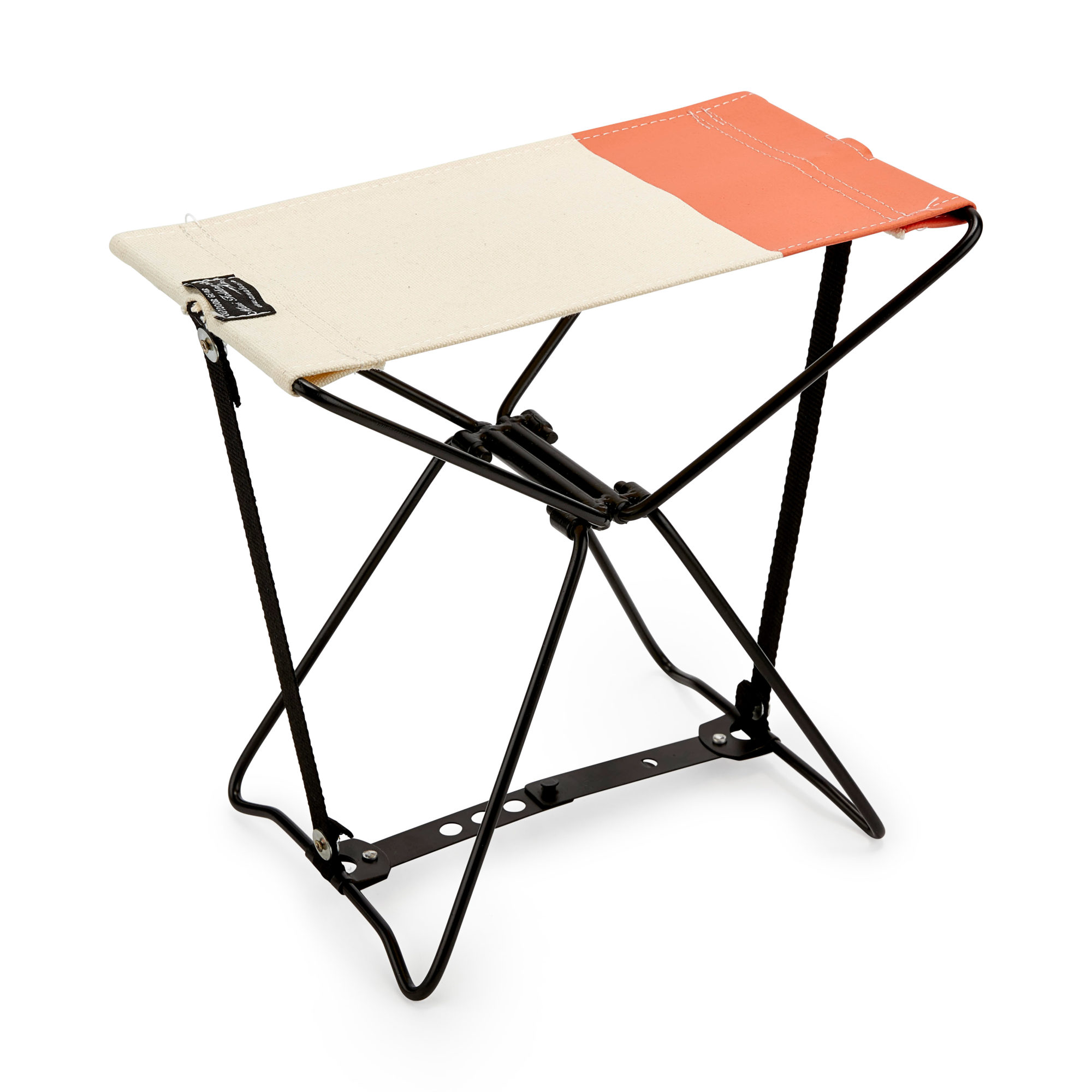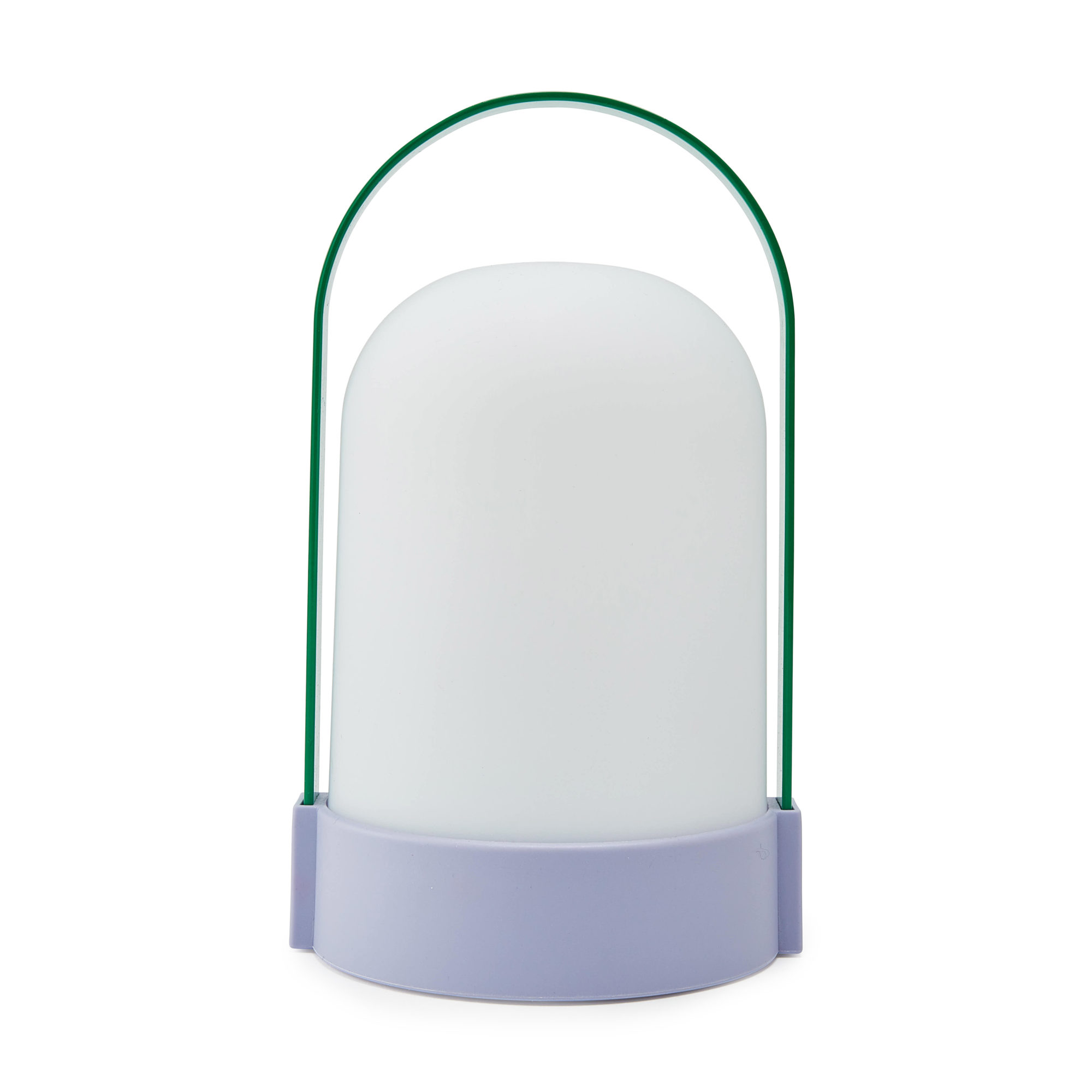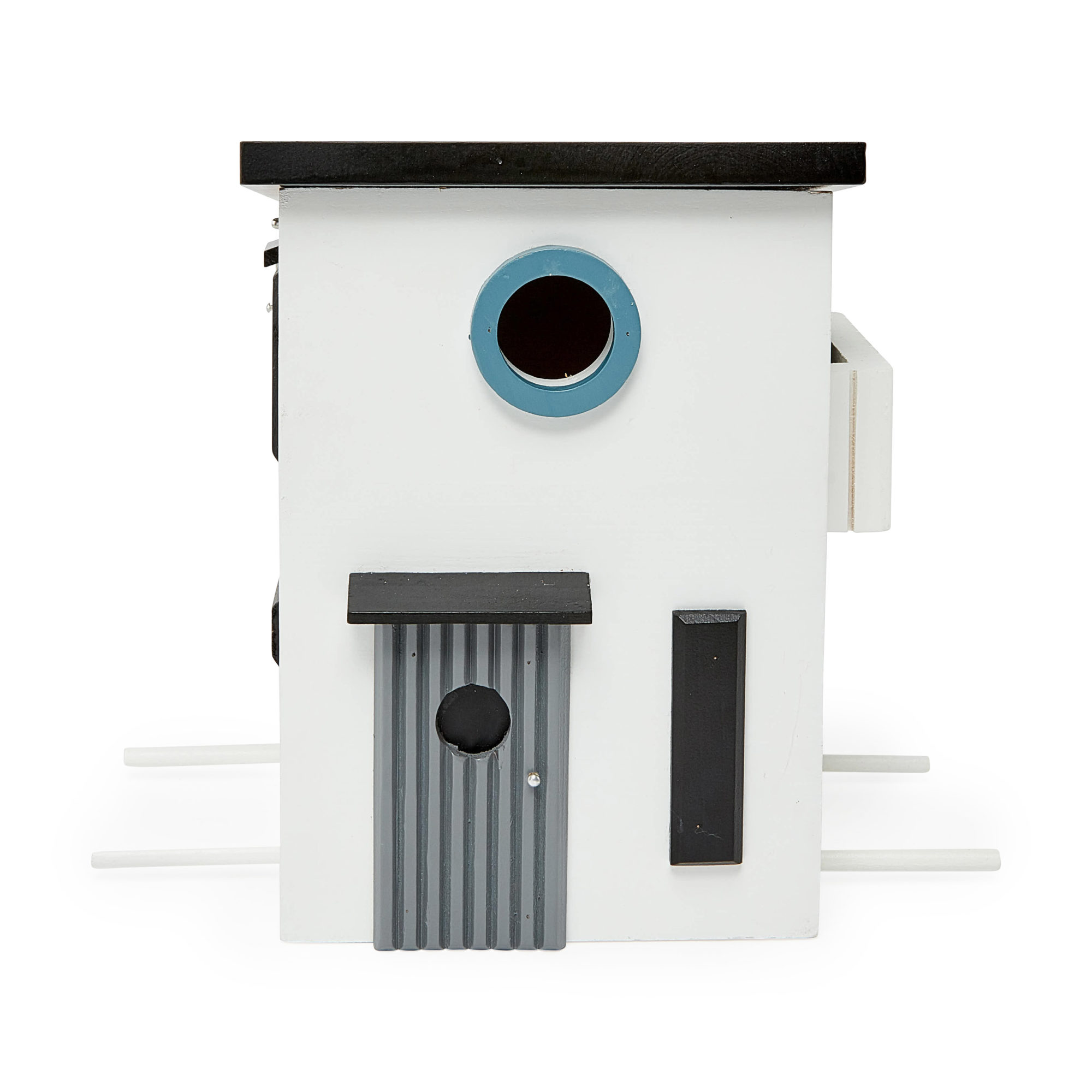The lawn chair is an unmistakable product of its time. Materializing among the hope and patriotism that followed World War II, its origins lay in the aluminum tubing that formed the structural framing of airplanes. Once the war ended, manufacturers developed other uses for the sturdy, lightweight material—including the foldable webbed seat that’s since become synonymous with beaches and backyard barbecues. The chair’s minimal construction drew on of-the-moment Bauhaus design principles that are apparent in its pared-down, functional aesthetic. At once novel and affordable (and an instant success), it captured the postwar-era spirit of rushing headlong into a brave new world.
This story was news to Andrew Pokrandt, co-owner of Lawn Chair USA. For him, the chair begins with his grandfather, who owned an extruded plastic company that spun the material into yarn that formed the straps that create a lawn chair’s seat. As their popularity began to boom, he offered his textiles to manufacturers around the country. “He was selling webbing to all of them,” Pokrandt says.
As production moved overseas, the quality of furniture that utilized the webbing waned. So in 2010, Pokrandt’s father, who’d purchased the company from his father, decided to start a new venture that made lawn chairs just like they used to be—and Lawn Chair USA was born. Today, it’s headquartered in Fort Pierce, Florida, where a tight-knit staff of 15 makes some 500 chairs a day using machines they built themselves and materials they fabricate (except for the aluminum piping, which is from Alabama).
“We’re involved in every step from start to finish,” Pokrandt says, before excusing himself to answer the office phone. Last year, the company’s authenticity caught the attention of MoMA Design Store home buyer Annie Auchincloss, who was struck by the chairs’ small-batch, handmade profile. Together, she and Pokrandt developed two exclusive iterations, in multicolor and black-and-white, available now.
The secret to the chair’s superiority can be found in its straps, which are skillfully woven by hand. Each one requires a specific amount of tension: too much causes the frame to bend; too little produces a loosely slung seat. “It takes a long time to learn how to weave a chair properly,” Pokrandt says. “It’s the reason why the chairs could never be made by a machine.”
The straps begin as plastic pellets in the family factory (the Georgia one his grandfather owned), where they’re loaded into a hopper, mixed with ample UV protection, and extruded into a thick yarn. A large, loud loom weaves the yarn into fabric using a mechanical stitch; the resulting strips can support more than 200 pounds.
Even the strap patterns stay true to the original chairs. “We have all of the original patterns and designs,” Pokrandt says. “We started out with webbing that had been sitting in inventory for years, and added new colors.” Until the MoMA collaboration, Lawn Chair USA had never made a new motif.
Once the straps arrive in Florida, they’re threaded onto a metal frame, which is bent and punched with holes. Lawn Chair USA sells, packs, and ships every 4.2-pound chair themselves.
The company’s capacity for quality control made working with MoMA possible. “Andrew made us a swatch book of every webbing he had, and shipped it to us along with a chair in a matter of days,” Auchincloss says. Her team selected a color palette that reflected MoMA’s sensibility, and Pokrandt sent prototypes two weeks later.
There’s a transcendent quality to the seats, too: Because of their time-honored construction, the chairs hold sentimental value. “Any time we release a nostalgic item, there is an immediate response,” Auchincloss says. “It doesn’t need to be an ambitious, hard-to-access object—it can be something familiar. The lawn chair is an American design icon. It moves you.”
The exclusive Classic Lawn Chair by Lawn Chair USA for MoMA Design Store is available at momastore.org in two colorways along with other outdoor-focused objects, including the Mini Folding Stools, URI Portable table lamp, and Wildlife Birdhouse Feeder, shown below.
Surface Studios is the brand marketing unit of Surface Media.





